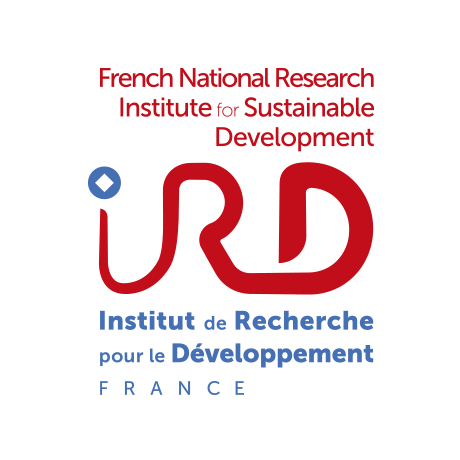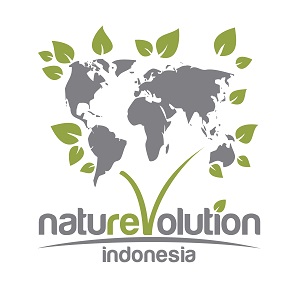We present here several options to build or source COTS control kits. Several elements are functionally important to consider when buying or making the kits :
- The needle diameter: you need 16G needles (Birmingham gauge). The mount will depend on how you make the kits.
- The volume of a single injection: for ease of use, it has better be 10ml as each COTS requires 2 injections of 10ml.
- The container containing the liquid you are taking underwater has to be made of plastic soft enough and compressible, because the volume of liquid in the container will decrease as you use it underwater and no air can get in to replace it. A volume of 5L is adequate, it will allow you to inject 250 COTS before surfacing.
DIY: Make your own kits
Our team in Sulawesi is making the kits we are using underwater. The process is described in the video below and in the description of the video (subtitles in English and Indonesian).
For more information, you can contact the maker of the kits (Memed from Naturevolution Indonesia) through the Youtube account or by contacting directly Naturevolution Indonesia in Sulawesi.
- Additional resources
This page is perfectly describing what you need to build COTS control kits : http://www.lisa-bostrom-einarsson.com/cots-control#equipment
Buy from suppliers
- The Sea People / EON Engineering
The NGO The Sea People in Raja Ampat is working on monitoring and management COTS. They developed a partnership with the company EON Engineering to build affordable COTS control kits. You can contact either of these organizations here : https://theseapeople.org/cots-in-raja-ampat/
- NJPhillips (Datamars)
NJPhillips, a company making tools used in the agricultural sector, have made COTS control kits or supplied the necessary parts in the past (like this one), though in 2021 they had supply issues and were slow to reply. The best is to contact them directly, or one of their Asia-Pacific distributors.
Table of contents
- Introduction video on COTS
- Information on COTS and COTS outbreaks
- COTS field operations
- COTS equipment: DIY and suppliers (this page)
Credits
This material was put together for a workshop held in 2021 in Kendari, Southeast Sulawesi, Indonesia, with local diving clubs and government agencies involved in natural resources management. It was put together by Pascal Dumas (IRD – Centre de Nouméa, New Caledonia) and Yann Bigant (Naturevolution) and translated into Indonesian by Mutmainnah (Naturevolution Indonesia).




